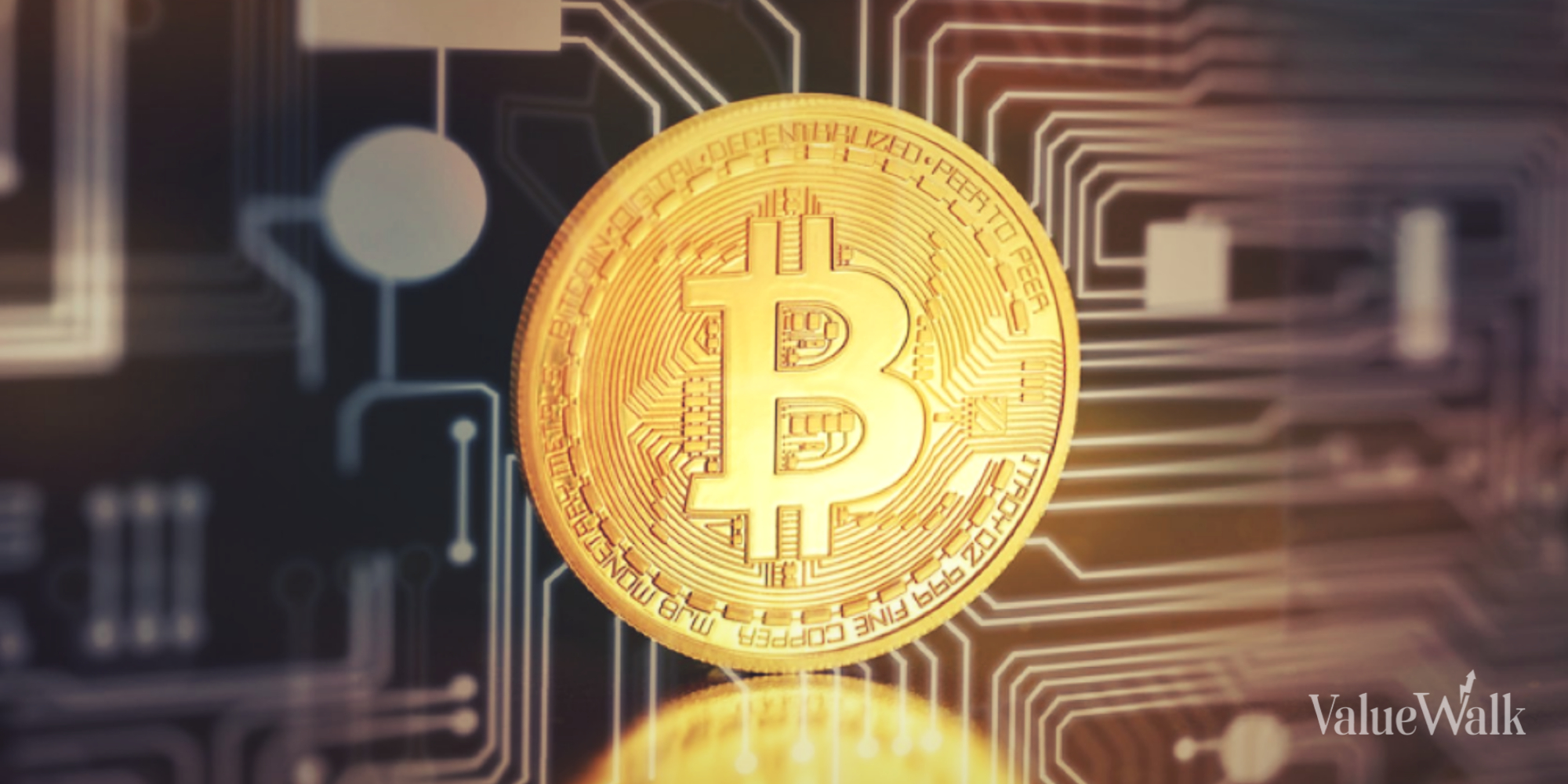The conflict in the Middle East precipitated a pullback from the $70,000 for Bitcoin (BTC-USD). However, this drawdown was already in progress as the market weighed the higher-for-longer interest-rate policy. Yet, though those contributing factors certainly could continue to move Bitcoin prices, there’s an imminent event that could prompt an even bigger influx or exodus.
Like the Olympics, it happens (approximately) every four years. It’s the Bitcoin halving, also known as the halvening. There was a time when only blockchain geeks knew about this event, but now it’s front-page news in the financial press.
That’s because, in the wake of spot Bitcoin exchange-traded fund (ETF) approvals, non-professional cryptocurrency traders are self-educating on the events that move digital-asset prices nowadays. Education is almost always a good thing, but with the Bitcoin halving event that’s about to take place, there may be more questions than answers at the end of the day.
Saturday is the day. Are you ready?
Just to recap, the halvings/halvenings are events in which the reward that miners receive for mining Bitcoin is cut in half. Currently (assuming you’re reading this before Saturday, April 20), the reward for mining Bitcoin (or more accurately, for verifying transactions on the Bitcoin blockchain) is 6.25 tokens; post-halving, that reward will be reduced to 3.125 tokens.
This is expected to take place on Saturday, and it will be the fourth halving event since Bitcoin’s inception in 2009. The idea isn’t to punish Bitcoin miners but rather to control the available, circulating supply of Bitcoins.
After all, that’s one of the features that separates Bitcoin from fiat currencies like the U.S. dollar. There will only ever be 21 million Bitcoins in existence, so there’s an inflation-resistance feature built in. In order to avoid flooding the market with too many Bitcoins at once, these halving events dis-incentivize and thereby slow down mining activity.
It’s been estimated that this year’s halving will, when all is said and done, deal a $10 billion blow to cryptocurrency miners. Among the best-known publicly traded Bitcoin miners are Marathon Digital Holdings (NASDAQ:MARA), Riot Platforms (NASDAQ:RIOT) and HIVE Digital Technologies (NASDAQ:HIVE).
Before you panic-sell your mining stocks, though, consider that the financial markets are well aware of the imminent halving event. Surely, traders have already discounted their fears and concerns about Bitcoin-mining stocks by now. For example, Marathon Digital Holdings stock has been halved (ironically enough) from $30 to $15 since late February.
If the markets are good at anything, it’s pricing in anticipated events ahead of time. Perhaps you’ve noticed that bullish Bitcoin traders didn’t sit around and wait for the Securities and Exchange Commission (SEC) to actually approve spot Bitcoin ETFs. Knowing that this event was inevitable, they ran up the Bitcoin price prior to the SEC’s actions.
What will happen to Bitcoin after the halving?
Even in the non-financial media, people are asking whether the Bitcoin price will rally after Saturday’s halving event. It feels like everybody and his uncle is anticipating the halving, but that’s exactly why it may turn out to be a “nothing burger.”
Sure, one could look to the past for clues about what might happen. According to CNBC, “After the 2012, 2016 and 2020 halvings, the bitcoin price ran up about 93x, 30x and 8x, respectively, from its halving day price to its cycle top.”
You’ll notice that, so far, the post-event rallies have gotten smaller with each halving. Still, even if Bitcoin “only” doubles this time, that would represent a substantial return on one’s investment.
Don’t get too excited, though. First of all, the historic sample size is only three halving events. Scientifically minded investors shouldn’t consider this to be an established, actionable pattern. Besides, as the old saying goes, past performance doesn’t guarantee future returns.
And again, we should come back to the concept of the financial markets as a discounting mechanism. All known events, including upcoming/anticipated ones, are immediately priced into financial assets. That’s why the markets are called “efficient.”
Now that retail traders and institutional investors have joined the blockchain geeks in the crypto trade, it’s likely that the market has already front-run the anticipated post-halving Bitcoin rally. This is a plausible hypothesis in light of Bitcoin’s sharp year-to-date run-up.
Thus, it’s wise to refrain from making any assumptions about what will happen to the Bitcoin price post-halving. Instead, I encourage investors to think long-term and consider the big picture. If you have a firm belief in cryptocurrency as a limited-supply, inflation-resistant fiat-money alternative, then it can make sense to hold some Bitcoin regardless of what happens before, during and after Saturday’s much-touted event.












